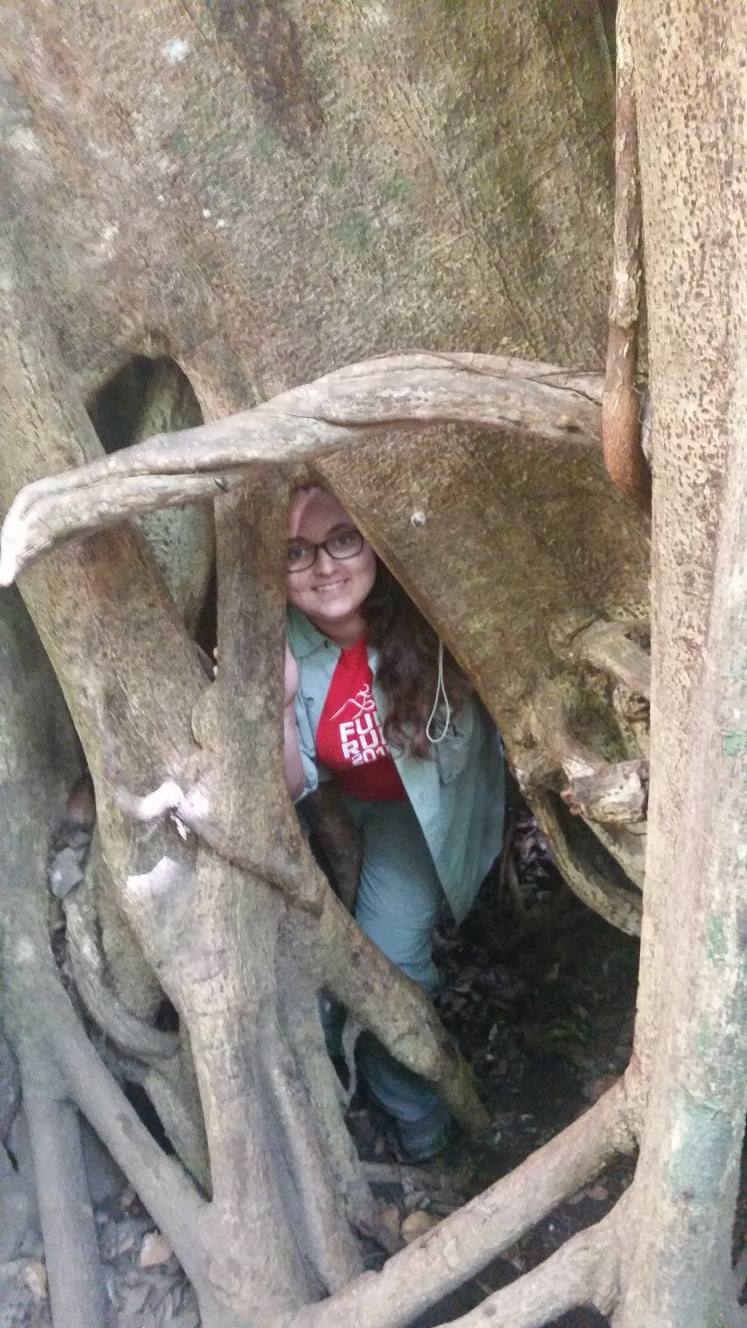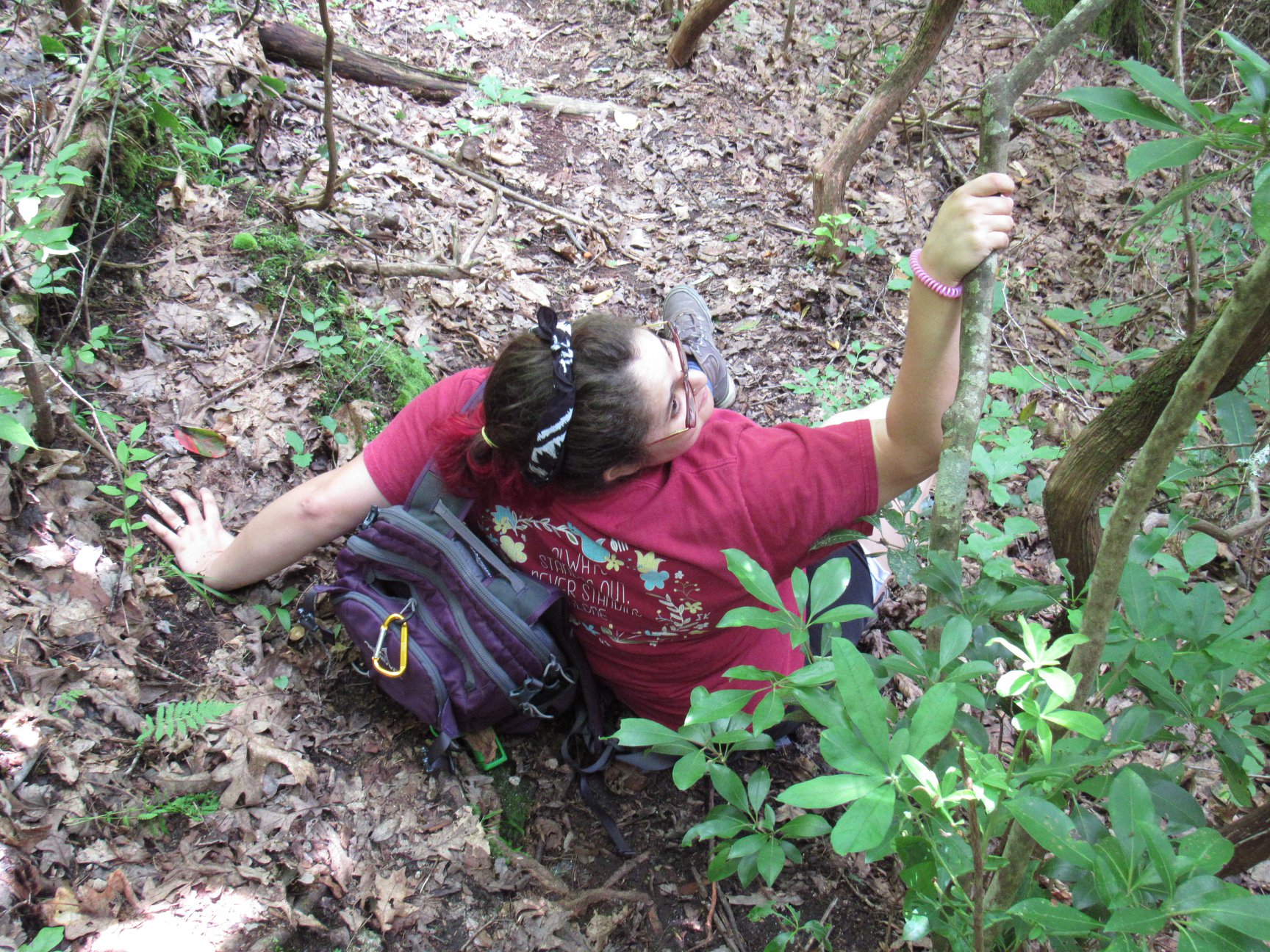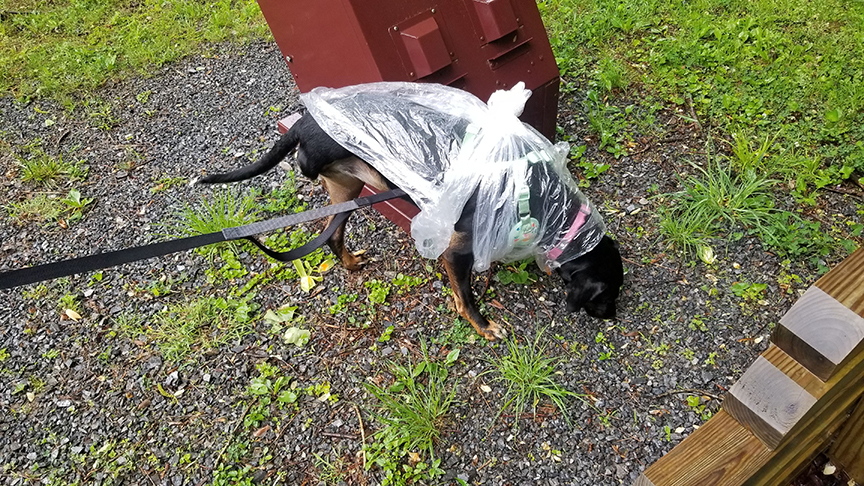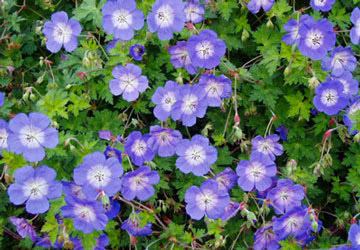Spring Flowers: K. Patricia Cross Future Leaders Award Recipient Rachel Perez-Udell Uses Citizen Science To Study The Geography Of Color Distribution In Flowers

Rachel Perez-Udell was notified that she received the K. Patricia Cross Future Leaders Award in late 2020. The award recognized graduate students who show exemplary promise as future leaders of higher education and who are committed to academic innovation in the areas of equity, community engagement, and teaching and learning. Perez-Udell wants to use it to make research an educational tool. She remembers her experiences as an undergraduate that took her out of classrooms and labs and into nature.
“I saw these experiences as useful tools for engaging students in science,” said Perez-Udell. “Learning became more than studying a text, instead we found ourselves outside, viewing nature and learning about it in an organic matter.”

These experiences in the field and her love for botany inspired Perez-Udell to continue fieldwork as a graduate student in Plant Biology at UGA where she studies wild geraniums, the same ones that blossom in the spring around Athens. More specifically, she looks at patterns of color in these flowers and if their geographic location plays any role in the color of the petals and pollen. Are these characteristics determined by natural selection? What potential mechanisms explain these patterns?
“I am interested in understanding the distribution of floral color across the native range of this plant, which extends from GA westward to mid-America and up to just past the Canadian border,” said Perez-Udell. “My advisor, Dr. Shu-Mei Chang, had discovered that this species has interesting variation in the petal and pollen color.”

This research can show scientists how a species survives in different areas or with varying environmental factors.
“Floral pigmentation can have various fitness consequences, including attracting pollinators, defending against herbivores and tolerance to various types of environmental stress such as drought, temperature and UV.”
To answer these questions, Perez-Udell and Dr. Chang work with a team, including Perez-Udell’s husband, to create a pipeline that classifies floral color automatically using photographs from citizen scientists. They specifically use iNaturalist which allows the public to upload photos of wild geraniums all over the country. They then gather the photographs to look at petal color.

Perez-Udell’s dog, Violet, also tags along on fieldwork. Rain or Shine!
“We hope to provide the scientific community a powerful, yet low cost and low tech (knowledge of Python and a consumer-grade laptop required), tool to gain a broad view of color distribution in other species without needing extensive traveling and field work,” Perez-Udell explained.
Perez-Udell hopes to mirror her experiences as a student in her career after graduate school as a professor at a smaller college like her alma mater, the University of North Georgia. She wants to create courses that allow opportunities for student-led studies in nature that incorporate citizen scientist data and GIS (Geographic Information System) for the wealth of bioclimatic and environmental data.
“It was from my earlier experiences in biology that I knew I wanted to pursue a career in higher education and my love from my botany courses that inspired me to specifically pick a plant theme to science,” said Perez-Udell.
The wild geraniums that Perez-Udell studies can be found near the Athens campus in early spring. While you enjoy the warmer spring weather, she encourages you to upload photos of wild geranium and other plants to iNaturalist and consider helping other local projects. She recommends the trails around Lake Herrick, at Bear Hollow Zoo, or the Orange Trail at the State Botanical Gardens this spring.

Rozanne Cranesbill Hardy Geraniums at the State Botanical Gardens in Athens, Ga.
